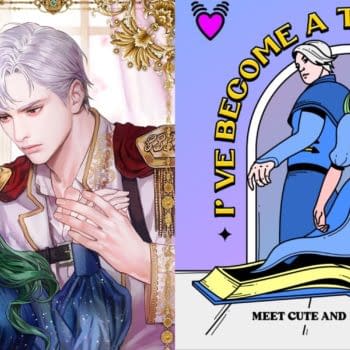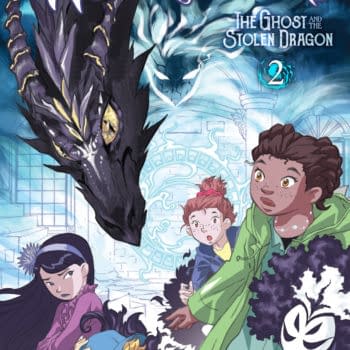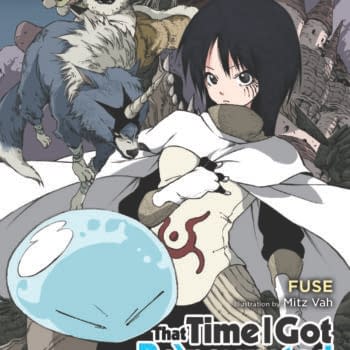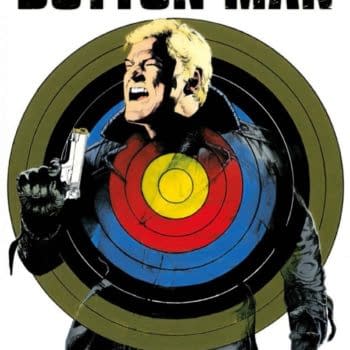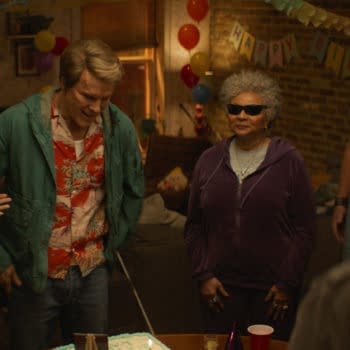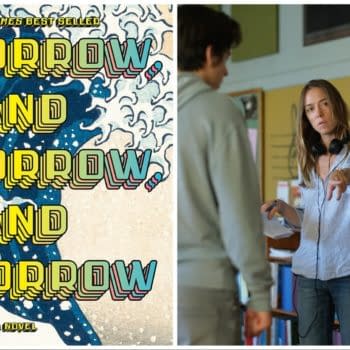Posted in: Movies, Netflix | Tagged: horror, horror movies, j-horror, ju-on, kayako, netflix, sadako, streaming, the ring
The Ring, Ju-On and The Eternal Wrath of The Asian Ghost Woman
Everyone is terrified of Asian ghost women. You know what they look like: long black hair, dark as ink, that trails all the way down, sometimes covering their faces. They usually have white gowns, occasionally dirty, sometimes bloody, but always white. They're an archetype; the white gowns or dresses might signify Death, what they wore in the coffin. Sadako from The Ring and Kayako from Ju-on (aka "The Grudge") are the 21st Century updates of an archetype that has been part of Asian folklore for hundreds of years, made popular again by the movies.
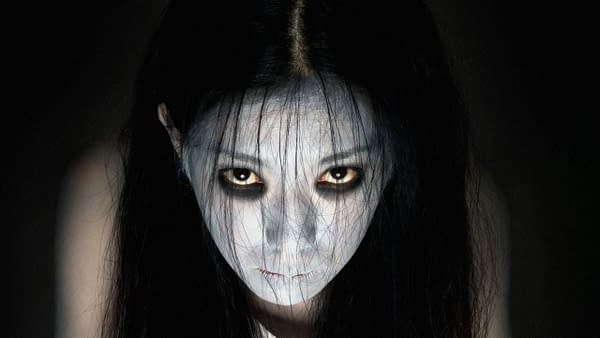
A Universal Horror Archetype
The most striking thing about the likes of Sadako and Kayako is that when you look through Asian folklore of the last few hundred years, the ghost woman is everywhere. And not just Japanese folklore but virtually all Asian cultures, be it Chinese, Thai, Indonesian, Malaysian, Korean et al. – feature the ghost woman as a vengeful archetype. She's often a woman wronged and killed by a man, betrayed by a patriarchal system that's always treated women as a person of lesser importance. This was long before feminist thinking even entered the consciousness of any Asian society, yet tales of women returning as vengeful ghosts fill up local folklore to this day. The vengeful female ghosts far outnumber tales of vengeful male ghosts. That's a common thread in Asian folklore. It's as if ghost stories have been the only safe outlet to express female rage and the common sentiment of patriarchal societies' exploitation, neglect, abuse, and killing of women.
Sadako and Kayako are an updated version of the Asian ghost that symbolizes female rage. They're kept around by their fury at the world that betrayed and murdered them.
Ghostly Female Rage, Updated
In traditional ghosts stories across the world, ghosts usually go away once their deaths are avenged, their murderers exposed and made to pay. Not Sadako or Kayako. They hang around like a virus, waiting to infect the world. They lash out at anyone and everyone unlucky enough to come near them. That seems to be a 21st Century expression of indiscriminate rage and pessimism at the possibility of any reconciliation or understanding. Yes, you can come to understand why Sadako and Kayako want to kill everyone, but that won't save you from them. They're hardly feminist since they kill women as well as men, girls, and boys. But then they're usually scripted by men, so you could say the screenwriters are expressing their own fear of women.
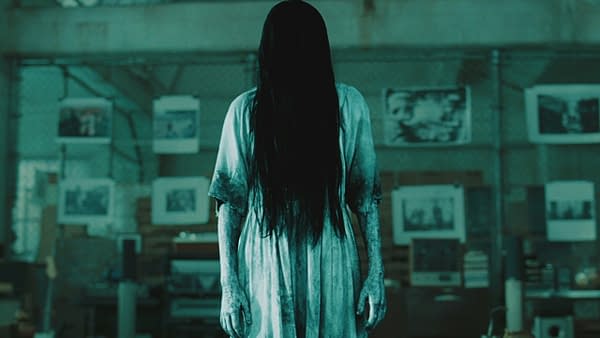
One question nags me about all the victims in Ju-on, though. If ghosts are the spirits of people unjustly killed and bear a grudge, wouldn't these hapless people be pissed off about being unjustly killed by a bunch of indiscriminating ghosts when they were just either minding their own business or trying to help? Wouldn't they linger on as angry ghosts who hold a grudge against the ghosts who killed them just because they wandered into the house? Where are they anyway? Why have none of the writers ever answered that question?
The long-haired ghost woman has become a common meme in the West thanks to the US remake of The Ring. The archetype still carries a primal power when it comes to striking fear into people, as you can see from the pranks they keep pulling on hapless civilians to promote another new movie in the franchise. Maybe we're right to be afraid of dead, pissed-off women. It's instinct.
The Ring is out on Blu-Ray and DVD. Ju-On: Origins is streaming on Netflix.



